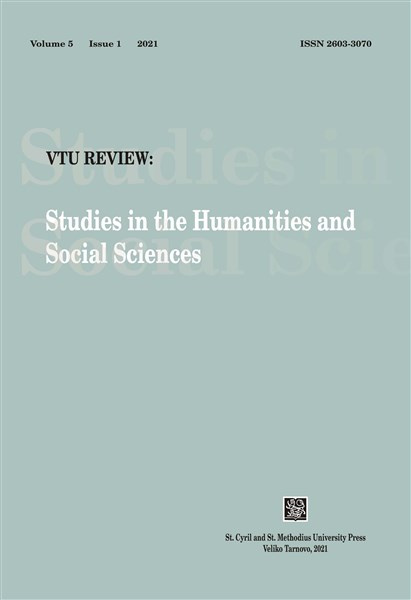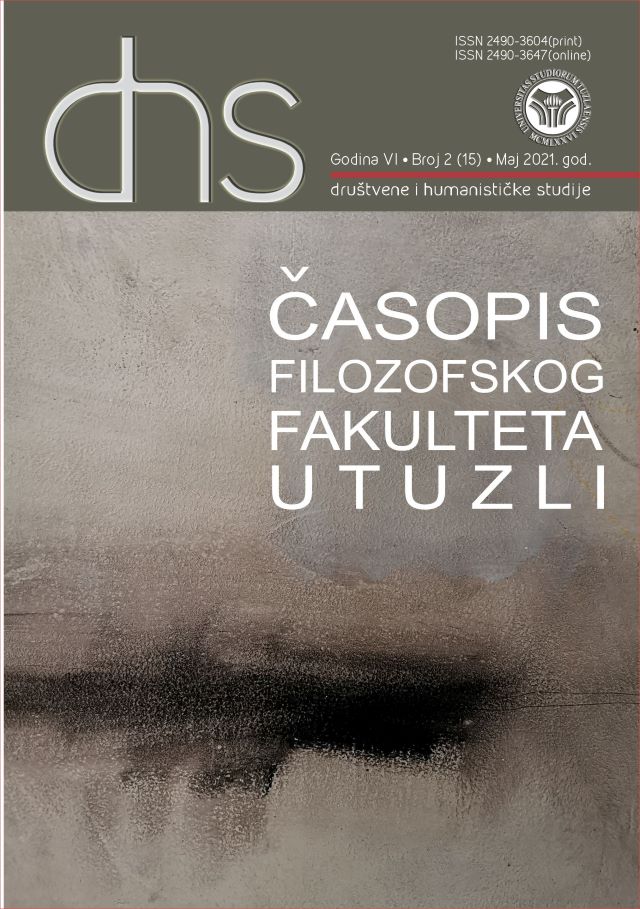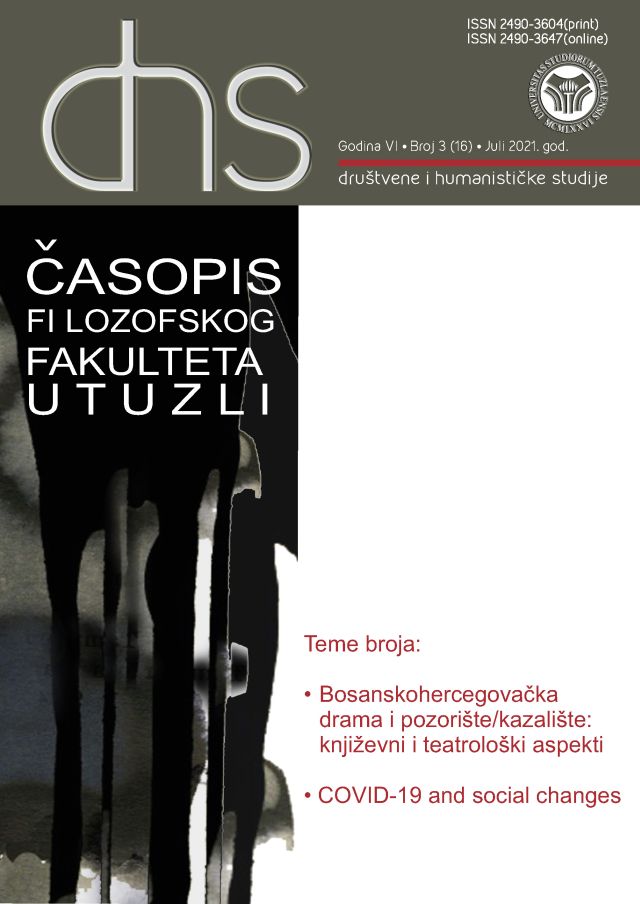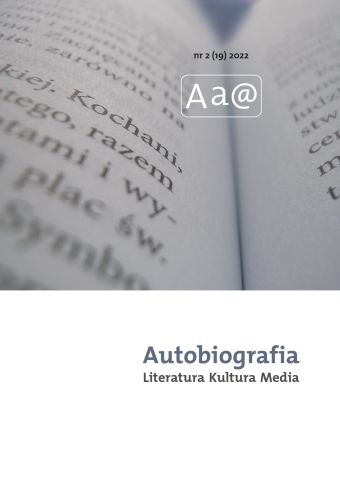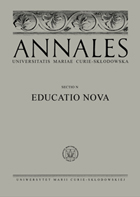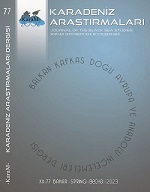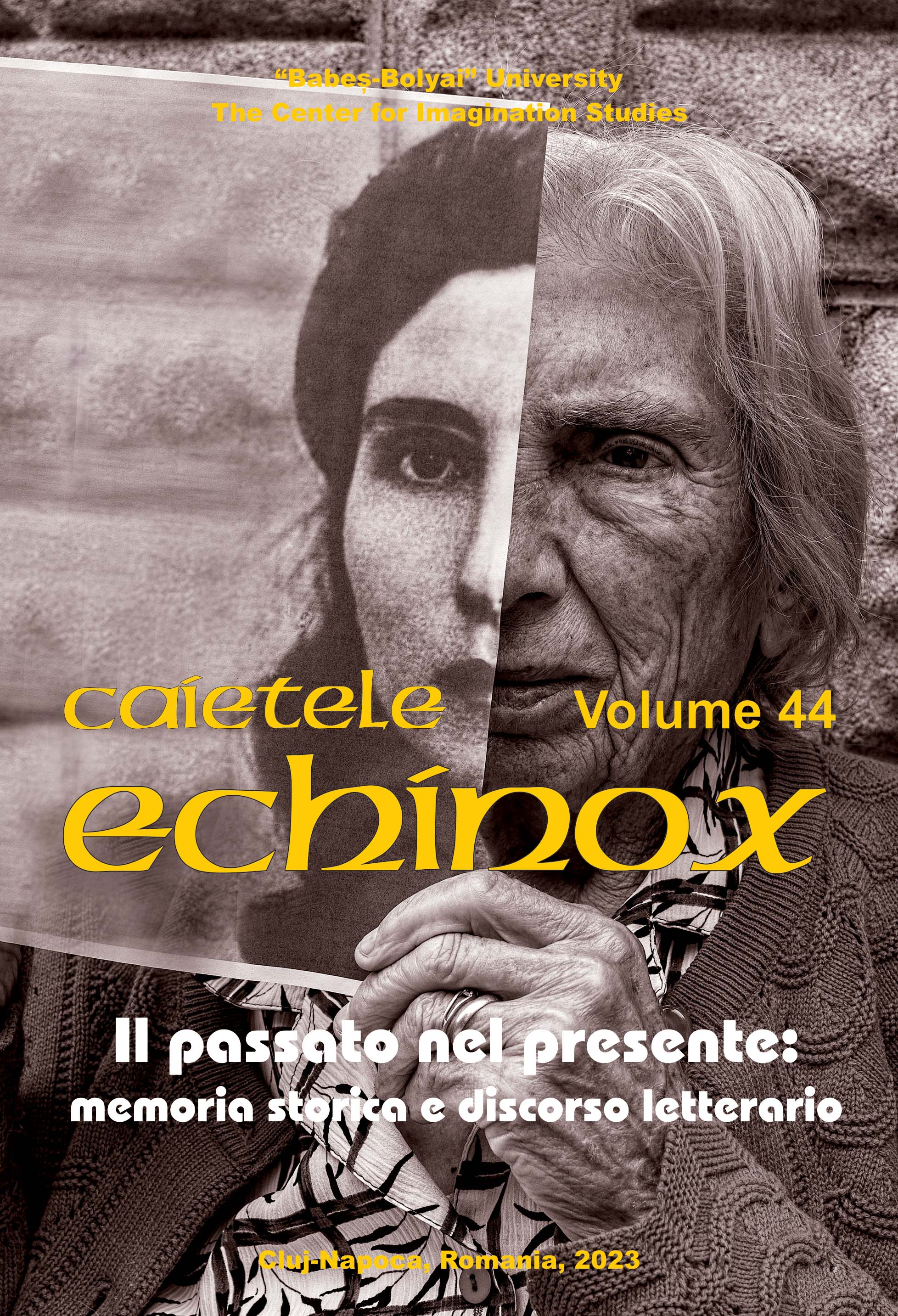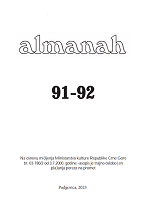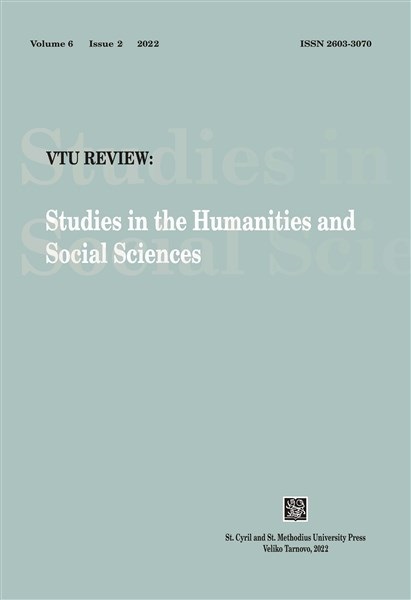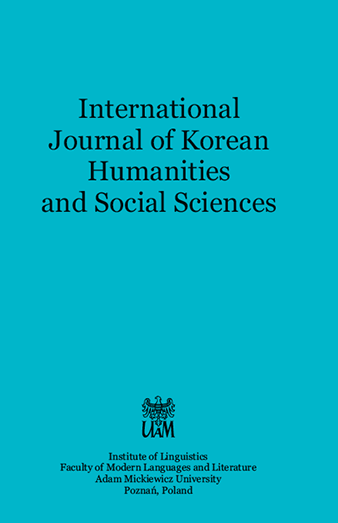
El caso de un poeta convenientemente asesinado: La imagen mediática de Federico García Lorca en la prensa checa comunista
This paper presents the partial results of a project focused on analysing the evolution of the media image of certain prominent figures in Spanish culture in the Czechoslovak media throughout the 20th century. The objective of the research is to analyse how the prevailing ideological and political environment can influence or manipulate the image of a foreign element presented by the press to the public of the host country. The present text is based on a critical analysis of some 80 articles about Federico García Lorca, his work, and his ideological legacy, after, in total, more than 300 articles related to this subject had been found. The chosen method of analysis – a critical discourse analysis based on the principles established by van Dijk – was applied to a detailed examination of the historical, ideological, and political context of the corresponding period, since the primary intention was to answer this research question: to what extent, why, and how is the political-ideological motivation of a non-democratic regime capable of influencing mass media images, even of issues that are not overtly political or extremely sensitive from an ideological point of view and whose protagonists come from a milieu which is not considered a vital part of the propaganda battlefield with “the Enemy”? In several cases, the authors’ analysis verifies that the propagandists of the Communist regime did not hesitate to intervene, in a quite intense manner, in the creation of a very specific image of García Lorca, always in accordance with the ideological needs of the particular historical moment.
More...


